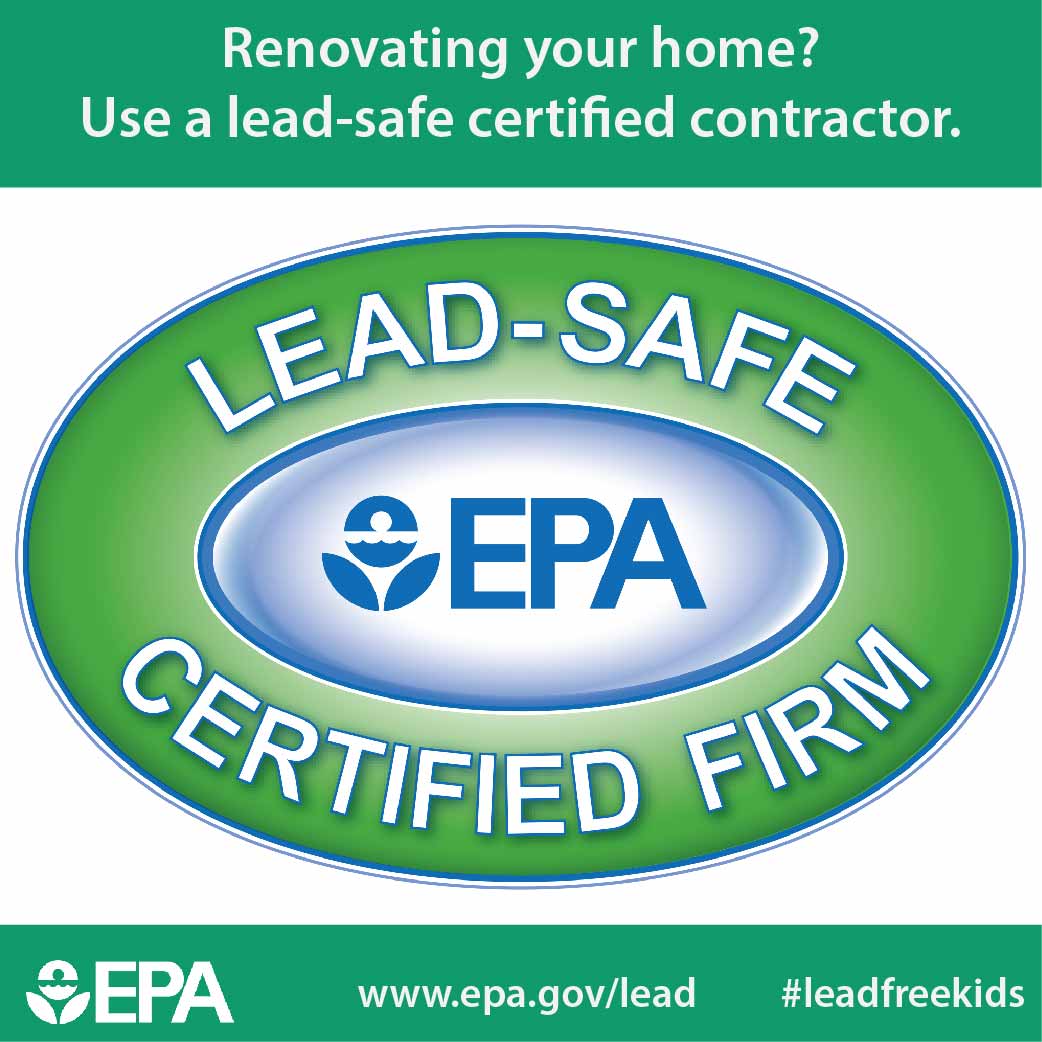Explore The Role Of Seasonal Factors In The Success Of Industrial External Paint And Reveal The Best Times To Secure Long Lasting Results For Your Job
Explore The Role Of Seasonal Factors In The Success Of Industrial External Paint And Reveal The Best Times To Secure Long Lasting Results For Your Job
Blog Article
Authored By-Burnham Rosendal
When you're planning a business external paint job, seasonal elements can make or break your outcomes. You'll intend to take into consideration how temperature and humidity impact paint application and drying out times. Picking the right period can guarantee your paint sticks effectively and lasts longer. However which painting ceiling same color as wall are really the best for this kind of job? Let's explore the crucial elements that can influence your task's success.
The Effect of Temperature on Paint Application
When you're intending an industrial external painting task, the temperature can considerably impact how well the paint sticks and dries.
Preferably, you want to repaint when temperatures range between 50 ° F and 85 ° F. If it's as well cold, the paint might not heal effectively, resulting in concerns like peeling off or splitting.
On the other hand, if it's also hot, the paint can dry out as well swiftly, protecting against appropriate attachment and resulting in an irregular coating.
You ought to additionally think about the time of day; early morning or late afternoon supplies cooler temperatures, which can be much more beneficial.
Always inspect the supplier's suggestions for the certain paint you're utilizing, as they frequently provide assistance on the suitable temperature variety for optimum outcomes.
Humidity and Its Effect on Drying Times
Temperature isn't the only ecological element that affects your business exterior paint task; humidity plays a significant duty too. High moisture levels can slow down drying out times dramatically, influencing the general top quality of your paint job.
When the air is filled with moisture, the paint takes longer to heal, which can bring about concerns like poor bond and a greater threat of mildew growth. If you're painting on a particularly damp day, be prepared for prolonged wait times in between coats.
It's important to keep an eye on regional climate condition and strategy as necessary. Preferably, go for humidity degrees in between 40% and 70% for ideal drying.
Keeping these factors in mind guarantees your project stays on track and delivers a lasting coating.
Best Seasons for Commercial Outside Paint Projects
What's the most effective time of year for your commercial outside painting projects?
Spring and early fall are normally your best options. During these periods, temperatures are mild, and humidity levels are typically lower, producing ideal conditions for paint application and drying out.
Stay clear of summer's intense heat, which can create paint to completely dry too promptly, bring about poor attachment and surface. Likewise, winter season's cool temperatures can prevent proper drying and healing, risking the durability of your paint work.
Go for paint companies near me with temperatures between 50 ° F and 85 ° F for ideal results. Bear in mind to inspect the local weather report for rainfall, as wet problems can ruin your job.
Preparation around these factors ensures your paint project runs efficiently and lasts longer.
Final thought
To conclude, intending your commercial outside paint tasks around seasonal factors to consider can make a substantial difference in the outcome. By organizing job during the suitable temperatures and humidity levels, you'll ensure far better adhesion and drying times. Remember to watch on regional weather forecasts and pick the right time of year-- springtime and early loss are your best options. Taking these steps will certainly assist you achieve a long lasting and expert coating that lasts.
